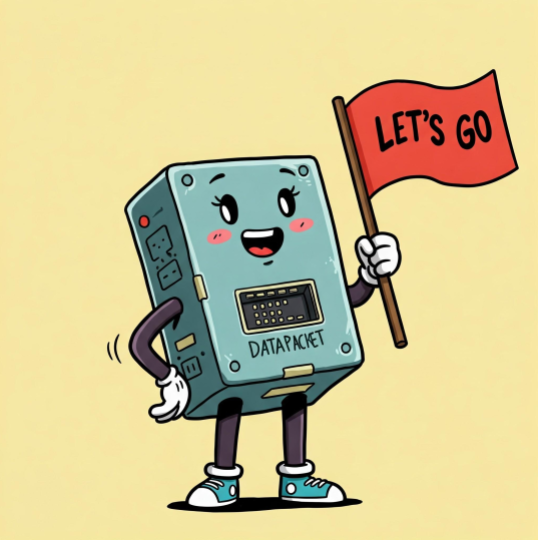
Unplug the Internet and Construct it Again
As the end of the school year nears and standardized testing, finals, and review sessions come to a close, students and educators alike benefit from novel activities. Packet puzzles can be a great way to engage the brain in playful, interdisciplinary brain teasers, all the while teaching how the internet works. Unplug the tech and foster analog learning that blends an understanding of the digital world with core subjects such ELA, math, science, social studies, art, and others.
Understanding the Concept of Packets
The internet sends information by breaking it into small pieces called packets, which travel along different routes and are reassembled at their destination. This simple but powerful idea is a great way to introduce students to digital communication and connect technology concepts with storytelling, problem solving, and collaboration across multiple subjects. A couple of my favorite metaphors for the concept of internet packets include Mike TV from Willie Wonka, and Scotty’s “Beam me up!” technology from Star Trek. Short clips or gifs from these pop culture classics can be used to spark inquiry and boost curiosity amongst students.
Interdisciplinary Packet Puzzle Activities
In the process of sending information over the internet, the sender is the device or source that initiates the transmission by sending data such as images, videos, or text—to multiple routers. Each router acts like a checkpoint, receiving different pieces of the whole data and then forwarding those pieces along various paths toward the receiver. The receiver’s job is to gather all the incoming pieces from the routers and carefully reassemble them to recreate the complete original information. Students can build an understanding of this flow of data by role-playing as senders, routers, and receivers. As you engage students in the interdisciplinary packet puzzle activities below, be sure to identify their roles as senders, routers, and receivers as their messages are broken into parts and put back together.
ELA : Students cut a paragraph into sentence “packets” and work together to reassemble the story. Adding a “corrupted” packet with a missing word encourages the use of context clues and sequencing skills. For younger students, consider breaking up a sentence into words, or breaking up a word into letters.
Math: Challenge students to find paths through grids of numbers and operations to form correct equations, reinforcing math facts and logical thinking.
Science: Sort cards of materials based on their effects on signal strength (strong, weak, blocked) to introduce students to physics concepts tied to wireless communication. The message begins in the proper order, and once it is disassembled for the routers, the receivers are responsible for correctly assembling the “message” in order of signal strength.
Social Studies: Timeline puzzles can be aligned to digital history by showcasing communication methods from smoke signals to video calls. This can help students see how information sharing has evolved over time.
Art: Images can be cut into squares and scrambled, to be reconstructed into a mosaic. This activity helps illustrate how digital images are transmitted and rebuilt.
Click here for a slidedeck with sample template ideas.
Why These Activities Work as End-of-Year Refreshers
After intense testing periods and traditional lessons, packet puzzles engage students’ curiosity and minds with novel, analog tasks. The approach caters to diverse learning styles, with opportunities to participate in visual, kinesthetic, and auditory methods. Packet puzzles also inherently encourage collaboration, communication, and creativity.
Interdisciplinary packet puzzles help students understand the invisible digital world they navigate daily while connecting technology to a broad range of subjects. Consider the content you teach and utilize your natural creativity to create a packet puzzle that is customized to your subject area. And to further motivate your students, consider integrating their interests into the activity as well.
Extension Past the End of the Year
Interdisciplinary, unplugged activities that engage students in learning about the modern world need not be limited to the end of the school year. In a few weeks, co-author Adam Juarez and I launch our new book History Matters in an Age of AI: Interdisciplinary Approaches for K-8 Classrooms, which will contain even more ideas for implementing relevant, interdisciplinary learning experiences for the students of today and tomorrow.
Discover more from Katherine Goyette
Subscribe to get the latest posts sent to your email.
